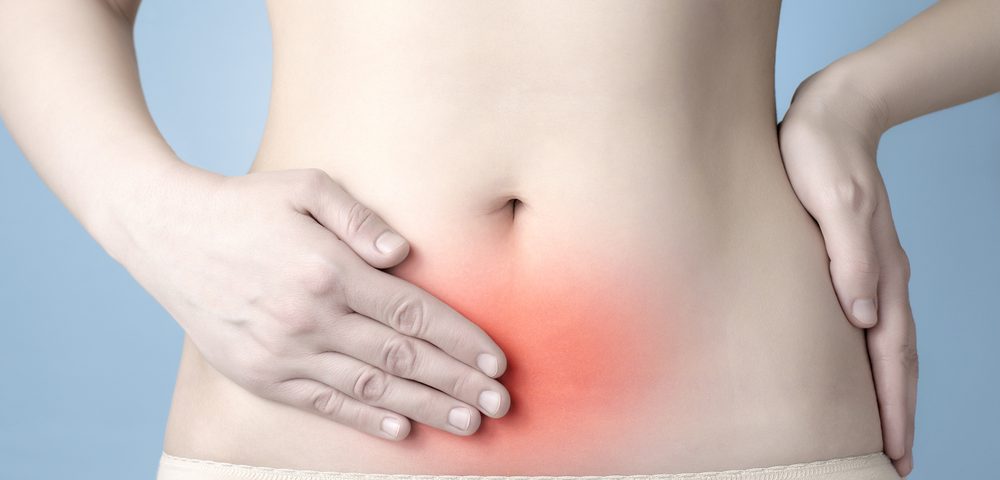Surgical excision of the sacrospinous ligament (a ligament in the pelvic region) can help reduce pelvic pain in women with deep infiltrating endometriosis, a study suggests.
The study, “Treatment of pelvic cavity pain caused by endometriosis with excision of invaded sacrospinous ligament,” was published in the Pakistan Journal of Medical Sciences.
Pain is a common symptom of endometriosis, including chronic pelvic pain, painful periods, and painful intercourse; all can severely affect quality of life.
Endometriosis can be classified as peritoneal, ovarian, and deeply infiltrative types, depending on the regions affected.
Deeply infiltrative endometriosis is a subtype of the disease that causes clinical pain. It is characterized by endometrial tissue that infiltrates several regions, such as the ovary, vagina, and intestinal canal. But it also can invade the uterine-rectal region causing other problems, such as difficult defecation and intestinal irritability.
Researchers retrospectively reviewed the effect of surgically removing invaded sacrospinous ligament — a triangular ligament that connects the bony pelvis to the vertebral column — and how it affected pain management in women with deeply infiltrative endometriosis.
“The pain stimulation from pelvic cavity is transmitted to cerebral center to cause pain, suggesting that cutting off relevant nerves can mitigate endometriosis-caused pain,” researchers wrote. “Thus, during the treatment of deeply infiltrative endometriosis-induced pain, cutting off invaded sacrospinous ligament or blocking relevant nerves can effectively alleviate clinical pain.”
Eighty endometriosis patients were split into two groups. The control group underwent regular surgery in which endometriotic lesions were removed and separation of pelvic cavity adhesions was performed. The second group was subjected to the same surgical procedure plus removal of the sacrospinous ligament.
Although the alternative strategy required longer surgery, both strategies were found to be safe and had similar recovery time.
Pain assessment before and after the surgery showed that both approaches could effectively reduce pelvic pain, although the new proposed approach showed a superior effect. Patients in the control group experienced a reduction of about 58% in pelvic pain scores (visual analogue scale, or VAS, scores), while those who underwent sacrospinous ligament removal had a reduction of 85%.
Supported by these results, the team believes that “deeply infiltrative endometriosis caused pain can be effectively treated with sacrospinous ligament excision under [laparoscopic surgery].”
Still, additional studies are warranted to explore the long-term effects of this surgical treatment for endometriosis patients.

